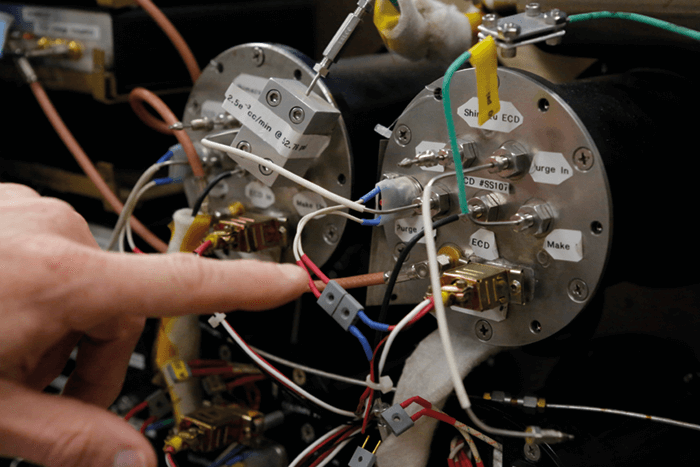In 1987, the Montreal Protocol called for an end to the use of chlorofluorocarbons (CFCs), including trichlorofluoromethane (CFC-11) – the second most ozone-depleting gas. With decreasing emissions, concentrations of CFC-11 were expected to fall rapidly from 2010 onwards. However, scientists have discovered evidence of increased emissions after 2013; in fact, they were 25 percent higher between 2014 and 2016 than between 2002 and 2012. Stephen Montzka, a Research Chemist at the US National Oceanic and Atmospheric Administration and co-author of the paper (1), says: “It was and is the most unexpected observation I’ve made during my 27 years of making global-scale measurements. How can emissions of CFC-11 have increased, a decade after its production had been phased out for more than 10 years?”

The researchers used gas chromatography with electron capture detection and mass spectrometry with a 60m DB-5 1um column and cryogenic column cooling. “The inlet was a custom-built cryo-trapping device to allow for quantitative and artifact-free sampling of air, and standards were prepared at ambient mole fractions using gravimetric techniques,” Montzka explains. More specific measurements are needed to discover where the increased emissions are coming from, though analysis of polluted air over Hawaii – and factoring in wind speeds and direction – suggest “fairly definitively” that it is from East Asia. Crucially, if emissions persist, Montzka believes that they could contribute directly to global warming – and prevent recovery of the ozone layer.
References
- SA Montzka et al., “An unexpected and persistent increase in global emissions of ozone-depleting CFC-11”, Nature, 557, 413–429 (2018).




